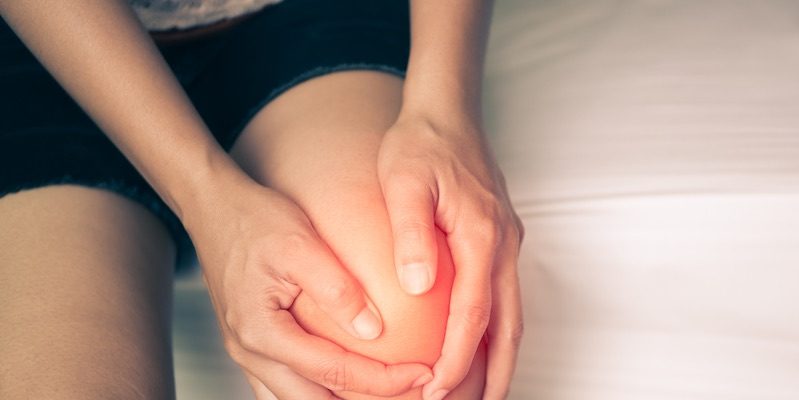What Is Bursitis?
Bursa are fluid filled sacs that are located in the vicinity of the joints in the body. These sacs help to reduce friction between the joint and the muscles, bones and tendons adjacent to it. They thus play a pivotal role in the musculoskeletal system of the body, as they facilitate the movement of the joints.
The fluid inside of bursa is known as synovial fluid, which is produced by the synovial membrane that lines the sac. Bursitis occurs when the membrane over-produces the synovial fluid, causing the sac to swell. Bursa therefore increases several times in size in bursitis.
It then makes the joint movement difficult and painful, meriting a visit to the Orthopedic Surgeon in Lahore. Although there are around 150 bursa sacs in the body, usually, one joint is affected at a time.
Types of Bursitis
Bursas can become inflamed anywhere, but more common in certain joints. These include shoulders, elbows, ankles, hops, thighs, knees etc.
Causes of Bursitis
Bursitis results commonly from the repeated motion that is generally an occupational hazard, like bowling, or farming etc. As the joint has to perform that same motion every day, for long periods of time, it then has to take a lot of pressure from the movement.
It is also a result of being in position in which body has to endure a lot of strain. For example, constant kneeling causes the body to take a lot of pressure in the knees. Poor posture of siting and standing, both, increase risk factors for bursitis.
Similarly, not stretching properly prior to exercise can also cause this condition. At times, bursitis is a result on injury or infection as well.

Aging also increases the risk of bursitis, as the joints lose out on the elasticity. Those already suffering from musculoskeletal issues like arthritis have a higher chance of bursitis as it may be that their condition enforces pressure on the bursa, leading to their inflammation.
Reactions to medication can also cause bursitis. Stress on the body and joints from other ailments like rheumatoid arthritis, gout, thyroid problems may very well be behind your bursitis as well.
Symptoms of Bursitis
In Bursitis, one experiences pain that aggravates with movement. Pain is not just contained to bursa, but the adjacent tissue might also hurt.
Moreover, it also causes tenderness in the region. This causes pain even when the person is sedentary. Swelling is also common in this condition, due to the inflammation of the sacs. In certain cases, bursitis also results in loss on movement as well, as the joints become stiff on account of the swelling.
If bursitis is followed by an infection, it is known as septic bursitis. It then leads to added symptoms including fever, redness in the region with inflammation. The area also feels hot to touch. Fatigue is also common in septic bursitis.
However, the symptoms may also vary as per the location of inflammation. If the bursa is underneath the skin, patient is more likely to experience visible swelling, redness, and warmth of the skin in the region. But when the bursa is located deeper into the tissue, then the visible signs of bursitis are less obvious.
Treatment
Treatment of bursitis is possible at home for the milder cases. Patients should rest so that the joint is not further strained. Moreover, padding or using brace on the affected area also helps against the inflammation.
Similarly, icing the affected area reduces the inflammation, and thus also eases the pain as well. Elevation is another tip for curbing inflammation as it prevents blood flow to the region.
Over the counter painkillers are also useful in the case of bursitis. Those with anti-inflammatory properties do the dual purpose of controlling the inflammation and thus, the pain.
However, those with severe symptoms of bursitis might need medical intervention. Many patients are prescribed steroid injections by their Orthopedic Surgeon in Islamabad, for decreasing inflammation. In cases of septic bursitis, patients are also prescribed antibiotics as well. In certain cases, symptoms of bursitis also improve with physical therapy.
